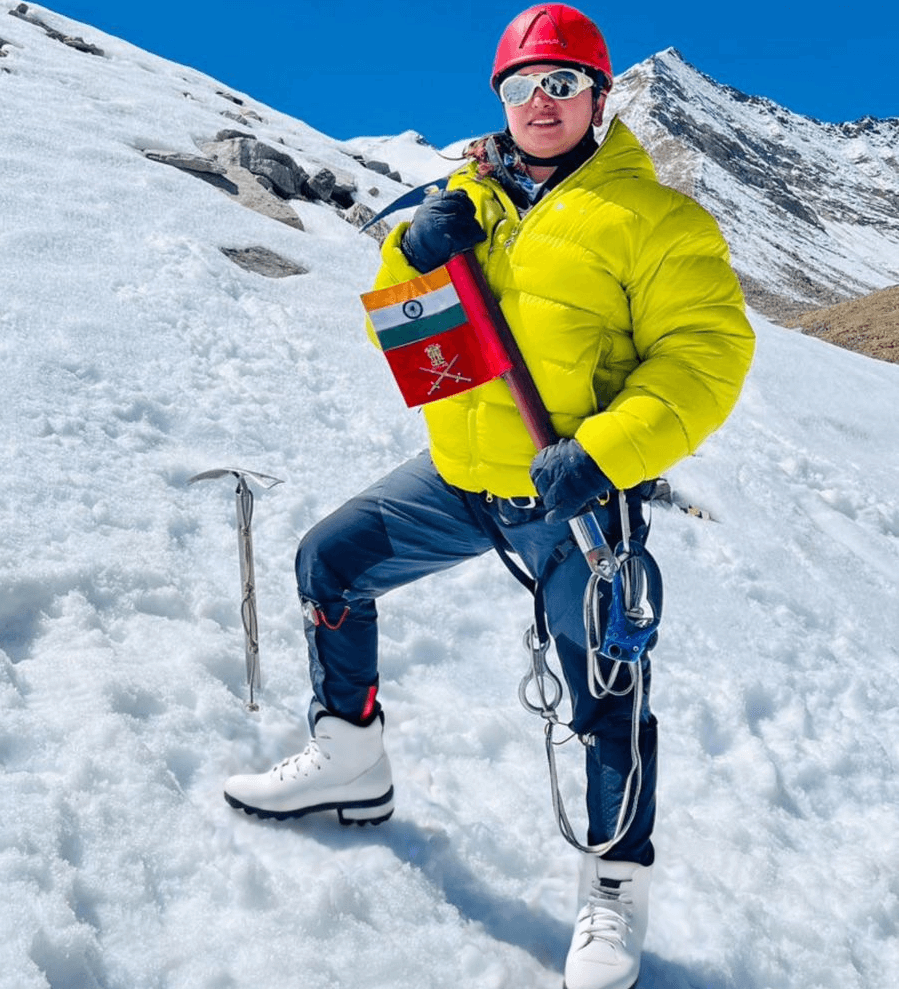
In a landmark feat of courage and endurance, Major Rachna Hooda and her all-women team of 11 Military Nursing Service (MNS) officers popularly called Arohinis created history by successfully scaling a 6,120-metre peak of the Yabat Tokpo Valley in Ladakh—an unclimbed summit for centuries.
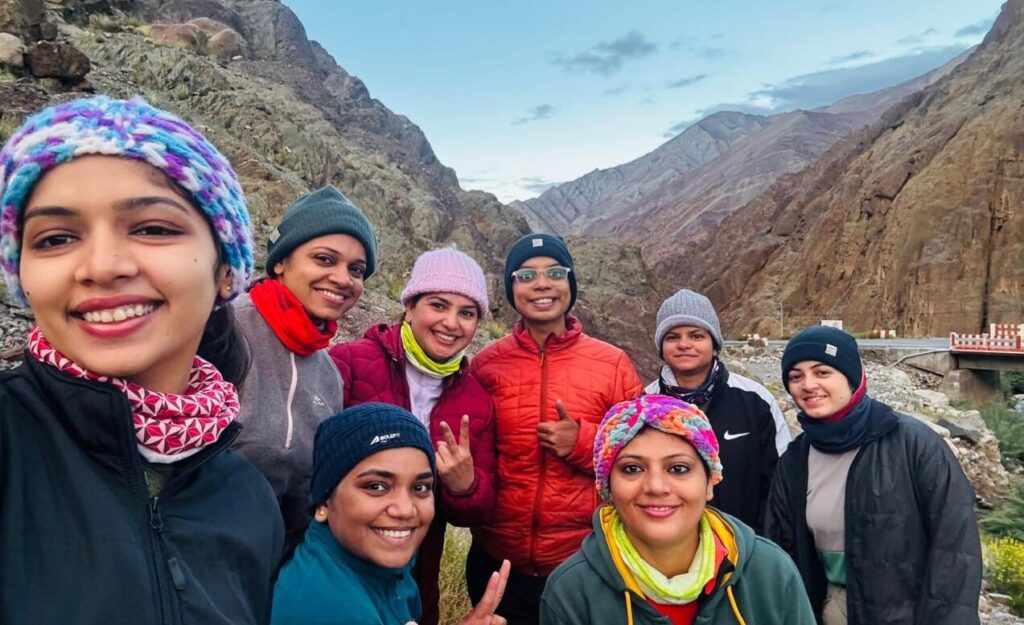
Undertaken as part of the Centenary Celebrations of the MNS, this expedition not only showcased the grit and skill of Indian military nurses but also symbolised a new era of women-led high-altitude exploration. In keeping with Ladakhi tradition, the team named the peak “Mt. Lamo,” after goddess Kali, representing divine strength and resilience.
What inspired you and your team of Military Nursing Service officers to attempt an unclimbed 6,120m peak in the remote Yabat Tokpo Valley in Ladakh?
Our inspiration was drawn from the spirit of service and adventure that defines the Military Nursing Service. As caregivers in uniform, we often work in extreme conditions, and this expedition symbolized our resilience and determination. Attempting an unclimbed peak in such a remote valley was a way to prove, both to ourselves and to others, that women in uniform are capable of breaking barriers—be it in hospitals, combat zones, or the mountains.
How did you prepare for the expedition?
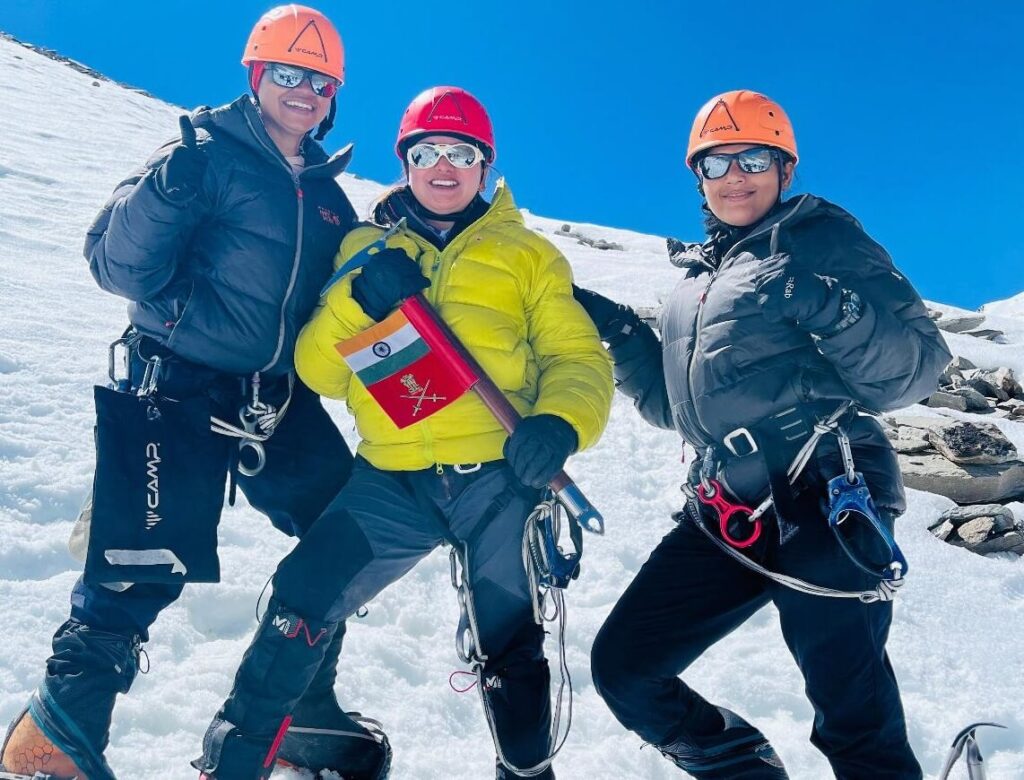
Preparation was both physical and mental. We trained rigorously in rock climbing, ice craft, load carrying, and survival techniques under the guidance of instructors from LSRC. Acclimatization was a key part of our schedule at Gya village, where we balanced hydration, trekking, and rest. We also revised knots, hitches, and safety drills to ensure no margin for error. Beyond fitness, we prepared ourselves psychologically—cultivating patience, endurance, and teamwork.
As the leader of an all-women team of 11 MNS officers, what strategies did you use to build trust, coordination, and resilience among the team during the climb?
Trust came from shared responsibility—every officer was empowered to take ownership of tasks. I ensured open communication, where every voice mattered, especially in moments of doubt. We practiced coordinated rope techniques, synchronized load carrying, and mutual safety checks. Resilience was built through constant encouragement and by reminding the team that we weren’t climbing just for ourselves, but for every woman in uniform watching us.
Can you describe the most challenging moment of the expedition—whether physical, environmental, or psychological—and how you overcame it?
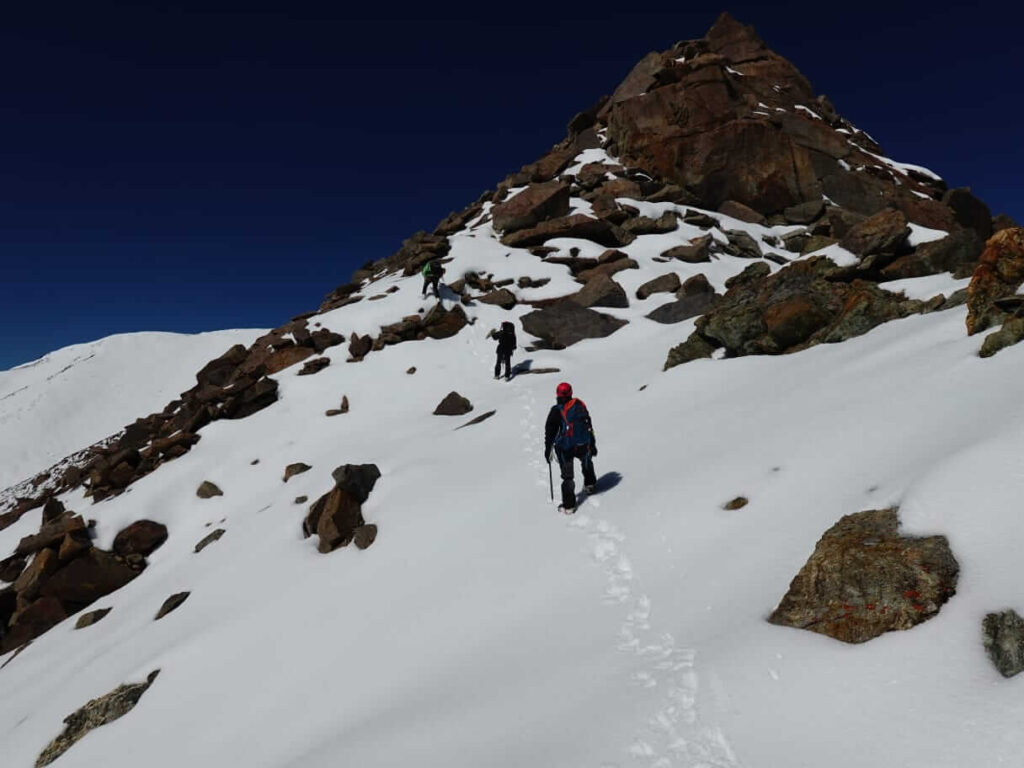
The most challenging moment came during our final push to the summit. The thin air, biting winds, and steep ice slopes tested both our strength and spirit. Fatigue was setting in, and doubts began to creep in silently. At that point, I reminded the team of our collective identity—Arohini, the ones who rise. We took measured steps, supported one another, and focused not on the distance left, but on the determination within. That mindset carried us to the top.
What was the thought process in your mind that led to naming the peak “Mt. Lamo” and what message do you expect this symbolism sends to the present and future women in the armed forces?
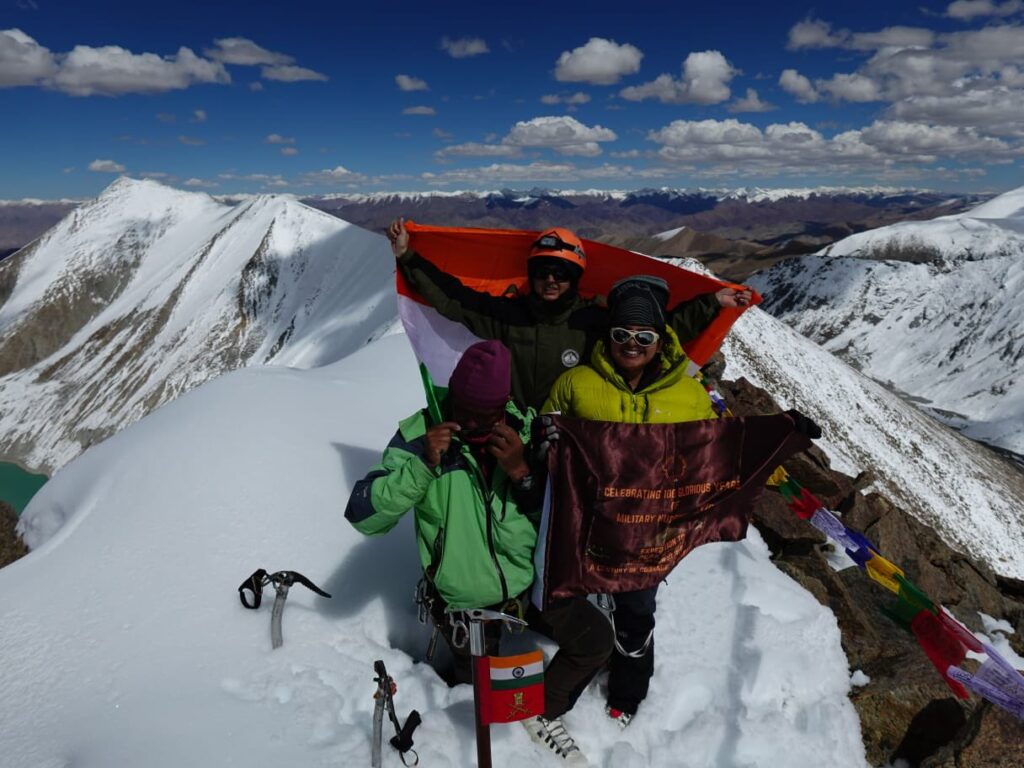
“Lamo” in Ladakhi means “goddess.” We chose this name to honor the divine strength that women embody—nurturing yet unyielding. Naming the peak Mt. Lamo sends a message that women are not just followers of tradition, but creators of legacy. For every woman in the armed forces, this stands as a symbol of courage, dignity, and the power to carve her own path.
How do you see this historic climb contributing to the legacy of the Military Nursing Service’s centenary celebrations?

As the MNS enters its centenary year, this expedition is a milestone that reflects both tradition and transformation. It demonstrates that while our foundation rests in compassion and care, we also embody grit, adventure, and leadership. This climb adds a new chapter to our legacy—where nurses in uniform are not only saviours in hospitals but also pioneers on untouched peaks.
What is the significance behind the name “Arohini”? Which are the other peaks that you have climbed successfully or failed to do so? What was the lesson you learned in the process?
The name “Arohini” comes from the Sanskrit root “Aroh,” meaning to rise or ascend. We chose it because it perfectly symbolizes our spirit as women in uniform—always rising above challenges, both personal and professional, and helping each other climb higher. Arohini is not just a name, it is our identity as trailblazers, nurturers, and leaders who aspire to touch new horizons.

From those setbacks, we learned one of the greatest lessons mountaineering teaches—that courage is not only in reaching the summit, but also in making the wise decision to retreat when nature demands it. Success gave us confidence, but failures gave us humility and resilience. Together, both shaped us into stronger climbers, better professionals, and more determined women in service.
Finally what advice would you like to give to young women in uniform aspiring to break new ground?
My advice is simple—believe in your strength, prepare with discipline, and never let fear dictate your limits. Breaking new ground isn’t about grand gestures alone; it begins with small acts of courage, repeated daily. Carry your uniform with pride and remember—you don’t have to fit into a mold, you can create a new one.

